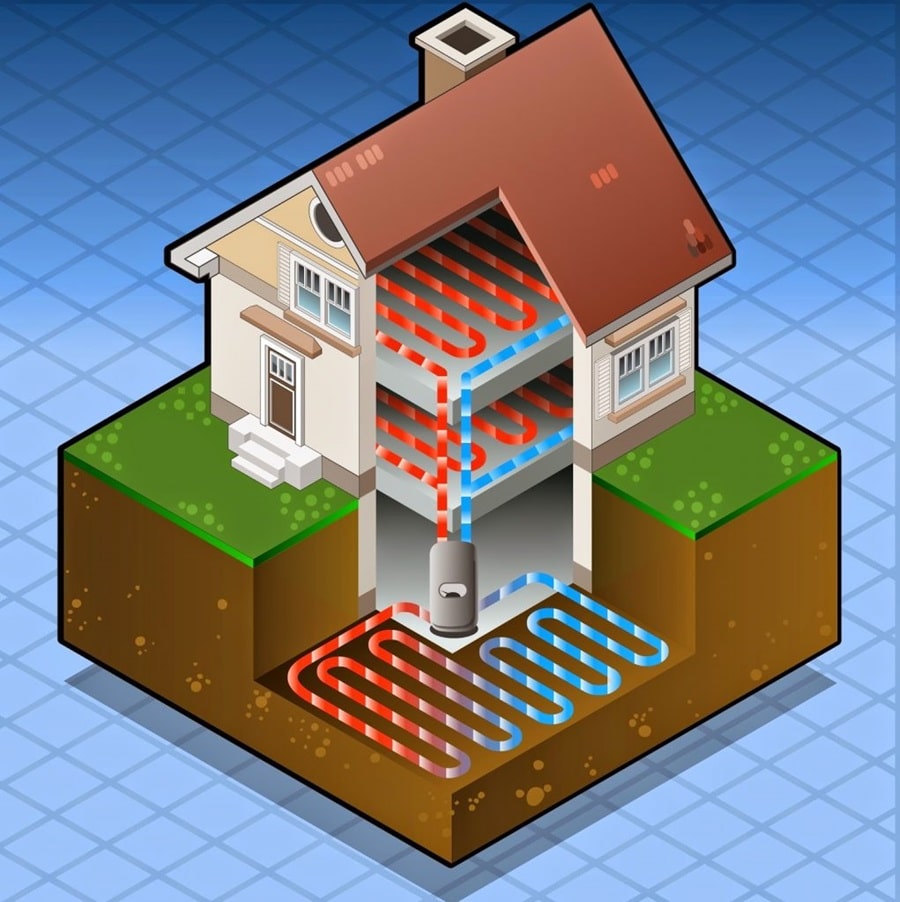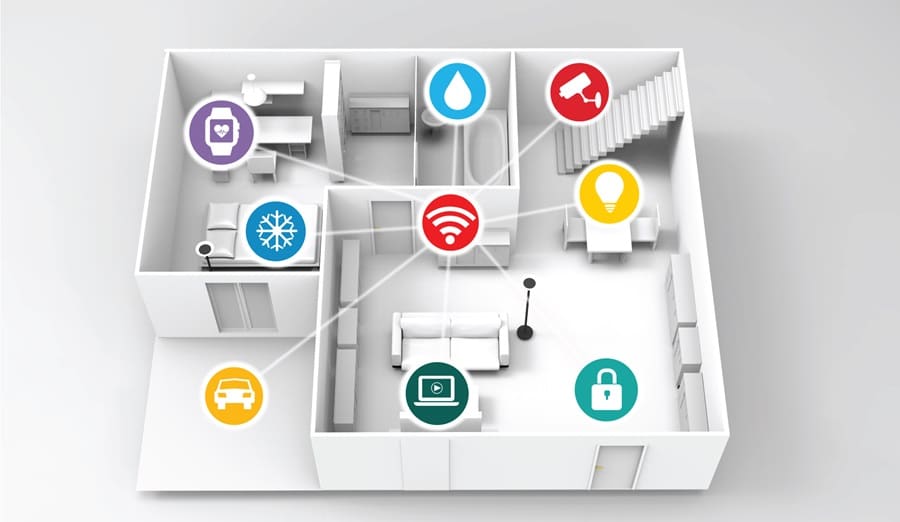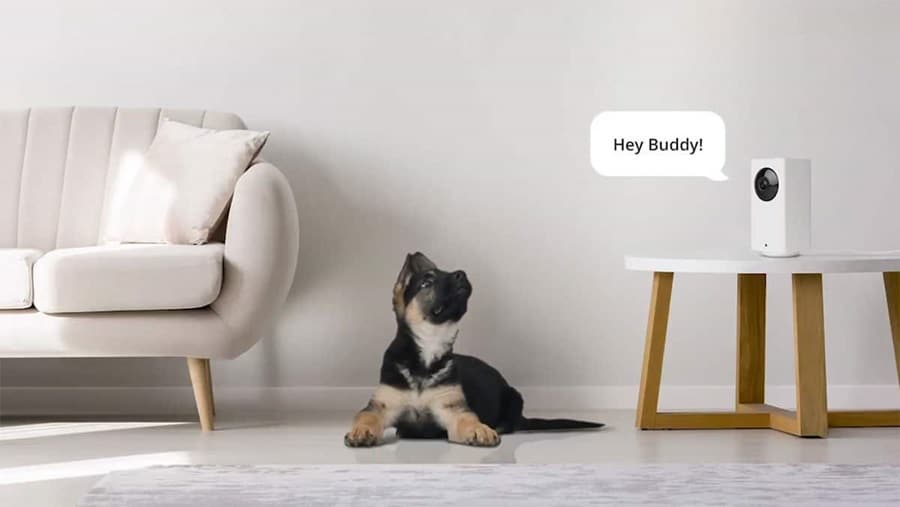In recent years, societies globally have witnessed a significant uptick in the use of disinfectants. With events like global pandemics and an intensified focus on hygiene, disinfectant cleaners have quickly become a staple in many households and commercial settings. But as with any solution, there comes a time to ask: Can there be too much of a good thing?
Contents
- 1 The Rise In Disinfectant Use
- 2 How Do Disinfectants Work?
- 3 Benefits Of Regular Disinfection
- 4 Signs Of Overuse
- 5 Environmental Impact
- 6 Antibiotic Resistance And ‘Superbugs’
- 7 Safe And Effective Use Of Disinfectants
- 8 Disinfection Vs. Cleanliness
- 9 Exploring Alternatives To Traditional Disinfectants
- 10 The Bottom Line
The Rise In Disinfectant Use

The trajectory of disinfectant use has been sharp and steep. One can trace its sudden rise to heightened public health awareness, particularly during global outbreaks. Public spaces, transportation hubs, and homes began incorporating rigorous disinfection protocols into daily routines. In tandem with this surge, shelves stocked with disinfectant products – from wipes to sprays – showcasing our commitment to cleanliness.
Yet, it isn’t just about fighting off formidable viruses. The general understanding of germs and the diseases they can cause has made the public more conscientious. With technology making information more accessible, awareness campaigns and advice on health practices have reached far and wide, leading to informed decisions about hygiene.
How Do Disinfectants Work?

Understanding the mechanism behind disinfectants can offer insights into their efficacy. At a fundamental level, disinfectants break down the cell walls of bacteria, viruses, and other microorganisms, rendering them inactive. This sets them apart from regular cleaning products, which may remove dirt and grease but might not always eliminate germs.
However, not all disinfectants are created equal. They come in various formulations, each targeting specific types of pathogens. Some are broad-spectrum, targeting many microorganisms, while others might be more specialized. Knowing which disinfectant to use and when is pivotal for their effective application.
Benefits Of Regular Disinfection

Regular disinfection has its evident advantages. In spaces where vulnerable individuals, such as those with compromised immune systems, reside, ensuring a germ-free environment can be crucial. Diseases spread with remarkable speed, and a proactive approach to disinfection can halt the progression of many illnesses.
Beyond the physical realm, there’s also a psychological dimension. Knowing one’s surroundings are free of potential threats offers peace of mind. In an era of constant health alerts, the comfort derived from a sanitized environment cannot be overstated. People want to feel safe in their spaces, and disinfection promises that sanctuary.
Signs Of Overuse

However, like any good thing, excessive disinfectant use can have drawbacks. Residues can accumulate over time, particularly when surfaces are doused more frequently than necessary. These residues are not just unsightly; they can irritate upon contact, leading to skin, eye, and respiratory discomfort for some individuals.
Furthermore, household pets can be sensitive to these residues. Their heightened sense of smell and different physiologies make them more susceptible to the adverse effects of over-disinfection. A home that’s too clean can inadvertently become a haven of potential hazards for our furry companions.
Environmental Impact

Our planet, too, bears the brunt of our zealous disinfection habits. When washed down our drains, certain disinfectant chemicals can be particularly toxic to aquatic life. Water treatment plants are designed to remove many contaminants but aren’t always equipped to handle the influx of specific disinfectant chemicals.
On a larger scale, disinfectant products’ production, packaging, and disposal leave a carbon footprint as demand surges and manufacturing processes accelerate, leading to increased resource extraction and waste production. Every bottle thrown away adds to the mounting environmental concern.
Antibiotic Resistance And ‘Superbugs’

The medical community has long been sounding alarms about antibiotic resistance. Overusing disinfectants contributes to this looming crisis. When pathogens are constantly exposed to disinfectants, especially if not used correctly, some might develop resistance. These resilient strains, often termed ‘superbugs,’ become harder to eliminate.
This resistance doesn’t just apply to disinfectants. It can also translate to antibiotics, making infections in humans tougher to treat. The misuse and over-reliance on disinfectants inadvertently prepare these pathogens, equipping them to withstand our most potent weapons against them.
Safe And Effective Use Of Disinfectants

However, it’s not all gloom and doom. Proper usage of disinfectants can mitigate many of these concerns. It begins with reading labels. Understanding and adhering to the instructions ensure that disinfectants work as they should without the risk of over-application.
Ventilation is equally vital. Using disinfectants in well-ventilated areas can reduce the risk of inhaling fumes, which might be harmful over time. Furthermore, as consumers grow more conscious, the market responds with environmentally friendly and natural disinfectants that offer efficacy without detrimental side effects.
Disinfection Vs. Cleanliness

There’s a distinction to be made between disinfection and cleanliness. The “hygiene hypothesis” posits that some exposure to germs is beneficial, especially for developing immune systems. Over-sanitizing can make individuals more susceptible to diseases by not allowing their immune systems to develop adequately.
Striking a balance is the key. While ensuring one’s environment is clean and free from harmful pathogens, it’s equally important to remember that not all bacteria are bad. Embracing a balanced approach to cleanliness and disinfection ensures health without the pitfalls of over-sanitization.
Exploring Alternatives To Traditional Disinfectants

While traditional disinfectants are in our cleaning regimens, it’s worth exploring alternative solutions. Not only can these options be more environmentally friendly, but they can also reduce the risks associated with chemical overexposure. Natural disinfectants like vinegar, tea tree oil, and hydrogen peroxide have been used for generations and have shown promise in eliminating various pathogens.
Evolving research has also brought attention to the potential of UV light as a disinfecting tool. Certain wavelengths of UV light can disrupt the DNA of microorganisms, rendering them harmless. As technology advances, portable UV disinfecting devices and installations in public spaces become more common. While they don’t replace the need for traditional cleaning, these alternatives offer additional layers of protection with a potentially reduced environmental impact.
The Bottom Line
Disinfectants play a crucial role in the world’s quest for cleanliness and safety. Yet, like all powerful tools, they require respect and understanding. Over-reliance and misuse can have unintended consequences for personal health, pets, and the environment. Being informed, cautious, and balanced in our approach ensures that we harness the benefits of disinfectants without falling prey to their potential pitfalls. As with many things in life, moderation is the key.



